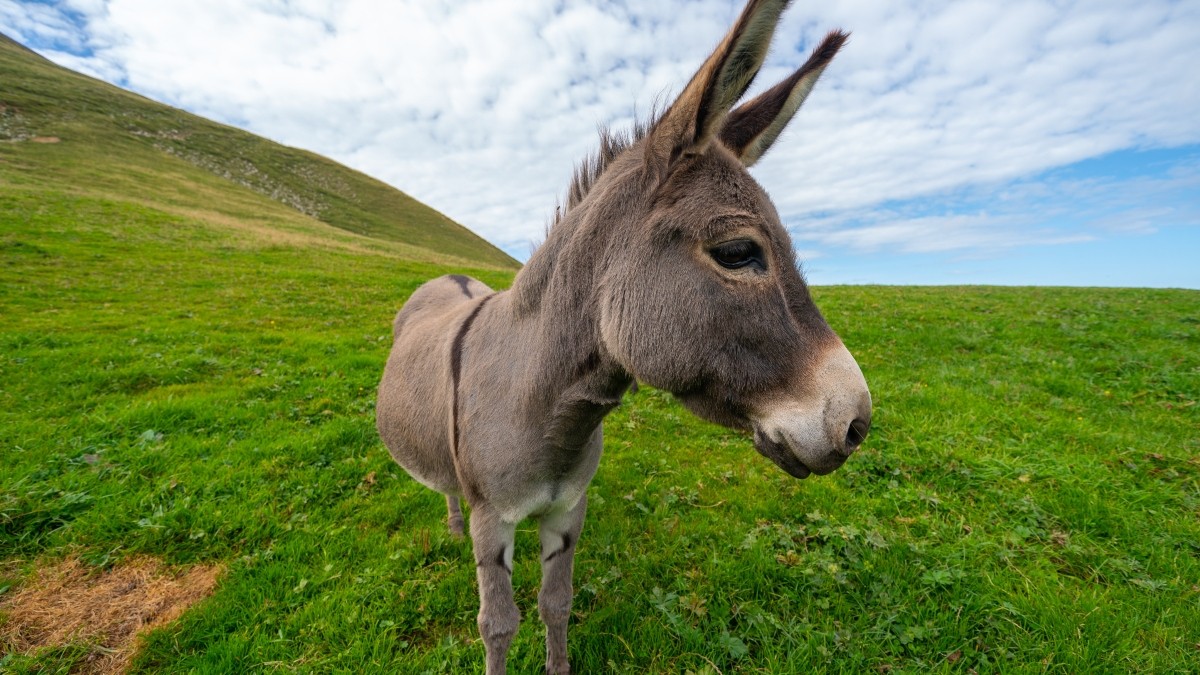Cute Animals
Colossal Squid Filmed in Natural Habitat for First Time!

Quick Smiles:
- A colossal squid has been filmed in its natural habitat for the first time.
- The footage was captured by the submersible Subastian in Antarctic waters.
- Deep-sea biologists are thrilled with the new insights into this elusive creature.
Beneath the icy waters of Antarctica, a remarkable moment unfolded as a colossal squid was captured on film in its deep-sea environment. This footage, hailed as a significant milestone in marine biology, was collected by the submersible Subastian, operated by a nonprofit ocean research institute.
The colossal squid, known as the world’s largest cephalopod and invertebrate, has long eluded researchers. Growing up to 25 feet long and weighing as much as 1,200 pounds, it is often considered a creature of dreams—or perhaps nightmares.
“We’re finally seeing confirmed footage of this animal that some of us have been studying and dreaming about for decades,” expressed Kat Bolstad, a deep-sea biologist from Auckland University of Technology. Although not directly involved in capturing the footage, Bolstad played a crucial role in identifying the specimen.
The footage, both brief and stunningly clear, was filmed near South Georgia and the South Sandwich Islands. Subastian was positioned about 1,800 feet below sea level when a juvenile squid, approximately one foot long, drifted into view. Bolstad noted the “beauty” of the animal, emphasizing that it was captured without the usual “monster hype.”
This particular squid, Mesonychoteuthis hamiltoni, is one of two “glass squid” species found in Antarctic waters. The absence of eye stalks suggests it is a juvenile, with much growth ahead. Little is known about these creatures, but they are believed to be ambush predators, equipped with the largest eyes in the animal kingdom, measuring 12 to 16 inches in diameter. These impressive eyes likely help them navigate the dark depths and detect both prey and predators, such as sperm whales.
While this is the first confirmed footage of a colossal squid, earlier in 2023, an Antarctic tourist boat captured a similar sighting. However, it was unclear whether it was a colossal squid or another large deep-sea species, Galiteuthis glacialis.
Dr. Bolstad shared that the live footage provided new insights, revealing that the squid can switch “between being completely transparent… to being quite opaque.” This discovery adds another layer to the enigmatic nature of these deep-sea giants.
Though capturing an adult colossal squid on film may take years, as the research institute won’t return to Antarctica until 2028, the current footage marks a significant step forward. Scientists believe that future detection methods must be less intrusive, given the squid’s ability to see submersibles long before they are detected.
This extraordinary sighting serves as a reminder of the wonders lying beneath the ocean’s surface, waiting to be explored and understood.

-

 Cute Animals2 years ago
Cute Animals2 years agoPuppy Love Patrol: Service Dog Swoons Over K9 Officer Neighbor
-

 Cute Animals2 years ago
Cute Animals2 years agoHugs, Hooves, and Happiness: Newborn Donkey Steals Hearts by Demanding Affection [Video]
-

 Cute Animals2 years ago
Cute Animals2 years agoWATCH: A German Shepherd’s Surprising Parenting Instinct for Lost Ducklings!
-

 Cute Animals2 years ago
Cute Animals2 years agoPetty Pup Pulls Off Hilarious Bone Heist [Video]
-

 Heroes2 years ago
Heroes2 years agoA Lost Dog’s Bark Leads to a Lifesaving Discovery
-

 Cute Animals2 years ago
Cute Animals2 years ago“Pure Love”: Adopted Rescue Dog Can’t Hide How Grateful He Is [Video]
-

 Cute Animals2 years ago
Cute Animals2 years agoTiny but Mighty: Cat with Dwarfism Becomes Internet Star as Owners Adapt Backyard for Her Comfort
-

 Cute Animals2 years ago
Cute Animals2 years agoAdorable Puppy Steals Hearts After a Tiring Swim [Video]